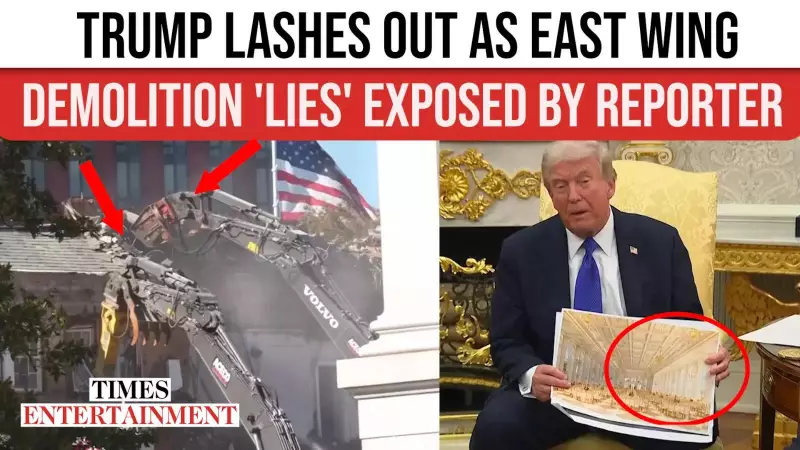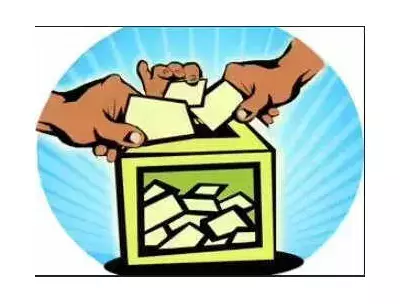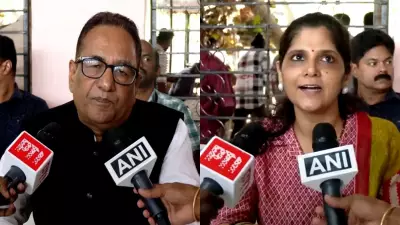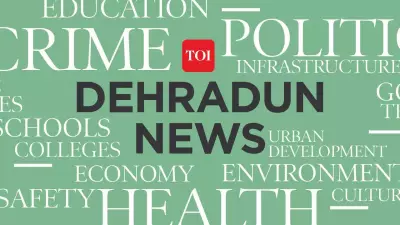
In a dramatic press interaction that has since gone viral, former US President Donald Trump found himself in a heated exchange with a journalist who confronted him about alleged plans to demolish sections of the White House.
The tension-filled moment unfolded when the reporter directly questioned Trump about rumors circulating regarding potential demolition work in the White House's East Wing. What followed was a defensive and sharp response from the former president, who appeared visibly irritated by the line of questioning.
The Confrontation Escalates
As the journalist pressed for answers, Trump's demeanor shifted noticeably. The exchange quickly turned confrontational, with the former president challenging the reporter's sources and accusing them of spreading misinformation. "This is typical fake news," Trump asserted during the tense back-and-forth.
Eyewitnesses described the atmosphere as charged, with both parties standing their ground. The reporter maintained their questioning while Trump grew increasingly defensive about his presidential legacy and historical preservation efforts.
Background of the Controversy
Rumors about potential structural changes to the White House have been circulating in political circles for weeks. While details remain unclear, sources suggest the discussions may have involved modernization efforts versus preservation of historical elements.
The White House, particularly the East Wing, holds significant historical importance, having undergone various renovations under previous administrations. However, Trump's alleged plans appear to have raised particular concerns among preservationists and political observers.
Public Reaction and Political Fallout
The viral video clip has sparked widespread discussion across social media platforms and news outlets. Supporters have defended Trump's right to respond strongly to what they characterize as biased questioning, while critics see the exchange as evidence of the former president's sensitivity about his legacy.
Political analysts note that such confrontations are becoming increasingly common in today's polarized media landscape, where every presidential action—or alleged action—faces intense scrutiny from multiple angles.
As the video continues to circulate online, it raises broader questions about presidential transparency, media relations, and how historical preservation conflicts with modernization needs in one of America's most iconic buildings.





